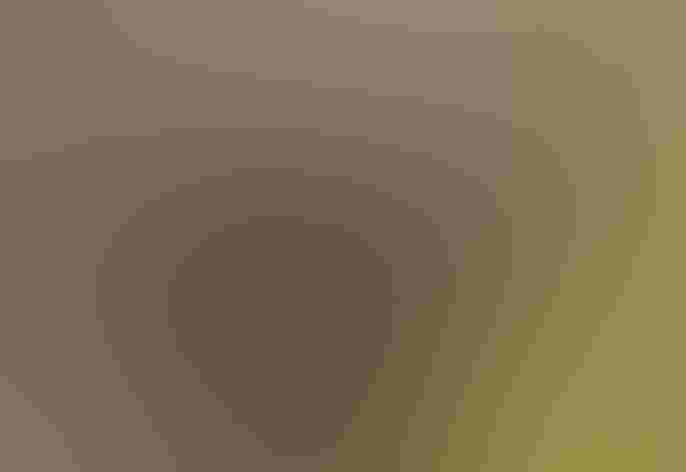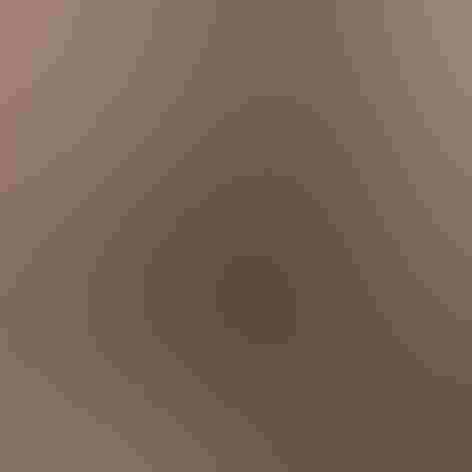White-headed Woodpecker
At a Glance
Boldly marked but quiet in its behavior, the White-headed Woodpecker is a specialty of mountain pine forests in the far west. At some times of year it feeds heavily on pine seeds, more so than any other North American woodpecker. Perhaps because of the high proportion of dry seeds in its diet, it is often seen coming down to the edge of water to drink.
All bird guide text and rangemaps adapted from Lives of North American Birds by Kenn Kaufman© 1996, used by permission of Houghton Mifflin Harcourt Publishing Company. All rights reserved.
Category
Tree-clinging Birds, Woodpeckers
IUCN Status
Least Concern
Habitat
Forests and Woodlands, High Mountains
Region
California, Northwest, Rocky Mountains, Southwest, Western Canada
Behavior
Flap/Glide, Undulating
Population
240.000
Range & Identification
Migration & Range Maps
Generally permanent resident, although a few may move to lower elevations for winter.
Description
9" (23 cm). Black body and white head are diagnostic (but Acorn Woodpecker, seen at a distance, is sometimes mistaken for this species). Male has red patch on back of head. Large white patch on outer part of wing, more obvious in flight.
Size
About the size of a Robin
Color
Black, Red, White
Wing Shape
Broad, Rounded
Tail Shape
Multi-pointed, Wedge-shaped
Songs and Calls
Usually silent. A sharp pee-dink and a more prolonged pee-dee-dee-dink.
Call Pattern
Flat, Undulating
Call Type
Chirp/Chip, Drum, Rattle
Habitat
Mountain pine forests. Seldom found away from pines, and favors those with large cones or prolific seed production, such as Coulter, ponderosa, Jeffrey, and sugar pines. Also forages in incense-cedars, sequoias, and other conifers, and ranges very uncommonly up to elevations dominated by firs.
Sign up for Audubon's newsletter to learn more about birds like the White-headed Woodpecker
Behavior
Eggs
4-5, sometimes 3-7. White, often becoming stained by pine pitch on parents' plumage. Incubation is by both sexes, about 14 days.
Young
Both parents feed young, and young leave the nest about 26 days after hatching.
Feeding Behavior
Obtains pine seeds by prying open cones in trees. Also forages for insects on trunk and limbs, and among needle clusters in conifers. Typically pries off flakes of bark rather than knocking them off, so foraging tends to be quiet. Sometimes catches insects in flight. Males and females often have different foraging behaviors, but this varies with place and season.
Diet
Mostly insects and pine seeds. At some seasons, eats mostly pine seeds. Diet also includes wood-boring beetles, ants, and other insects, as well as spiders.
Nesting
Both sexes tap at potential nest site, and other displays around nest are apparently important in pair formation. Nest site is in cavity in heavy dead stub of tree (especially pines, also aspens, oaks, and others), usually 6-15' above ground, sometimes 2-25', rarely up to 50'. New cavity each year, but often in same tree as used in previous years. Nest hole is excavated by both sexes.
Conservation
Conservation Status
Still seems to be fairly common within its main range, but population trends would be difficult to measure.
Climate Threats Facing the White-headed Woodpecker
Choose a temperature scenario below to see which threats will affect this species as warming increases. The same climate change-driven threats that put birds at risk will affect other wildlife and people, too.









